Terry Gibbs’ latest release “must be heard” according to JazzSquare
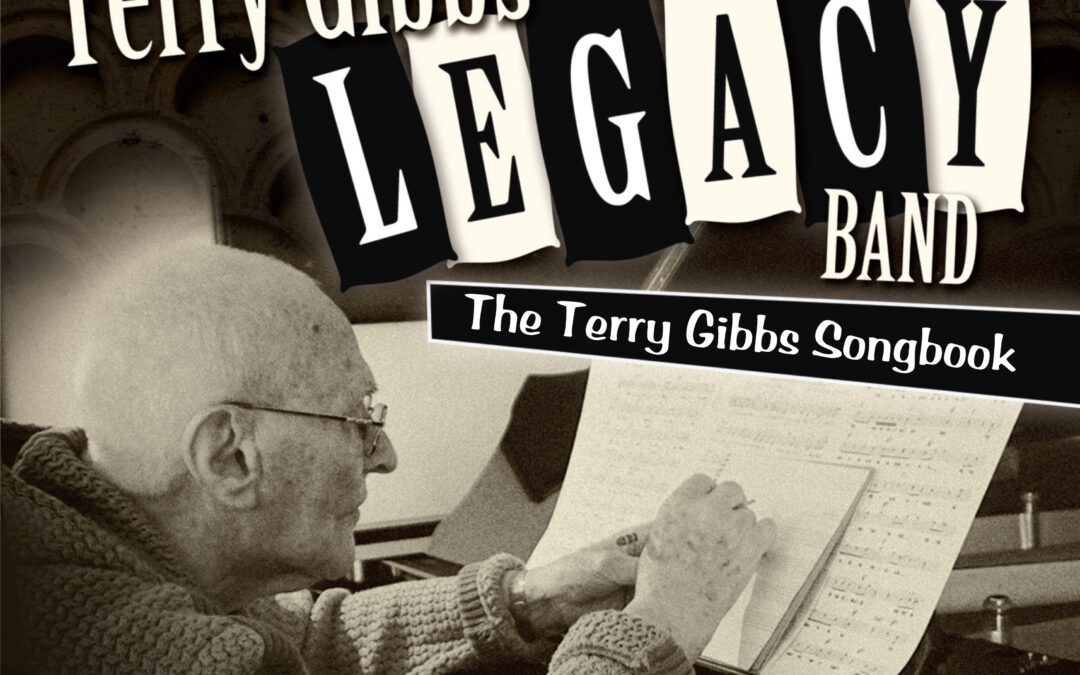
Click here to read the full review!

Click here to read the full review!
Jazz-Quad Magazine/Nestor PublishersIn 2022, the jazz world celebrated the centenary of the birth of one of the brightest giants of jazz – bassist and composer Charlie Mingus. Exactly on his birthday, April 22, Sunnyside Records released a tribute album Living in Sound: The Music of Charles Mingus dedicated to his memory. The soul and initiator of this project is Harry Skoler, a professor at the famous Berklee College, a music critic and writer and, of course, an active clarinetist with a great career behind him. Back in 1974, back in Syracuse, New York, young Harry discovered Mingus’ music on the master’s Moves album, released that year. He made a huge impression on Skoler, he became a loyal fan of Mingus’ work, and read his autobiography Beneath the Underdog with great interest. Many years later, in 2018, Skoler caught fire to record the album from the works performed by Mingus, and shared his dream with saxophonist Walter Smith III. The latter agreed to produce the project and in this capacity showed real miracles. Just look at the composition of the participants in the record, look at which stars he managed to collect: for piano Kenny Barron, on the bass – Christian McBride, Nicholas Payton plays trumpet, for the drums – Johnathan Blake, in one of the tracks is the incomparable Jazzmeia Horn, and in addition, there was an excellent string quartet that is also invited. But that’s not all. When the program was prepared, Walter invited no less brilliant masters – Darcy James Argue, Ambrose Akinmusire and Fabian Almazan – to write arrangements. They were given absolute creative freedom in their work. By August 2021, everything was ready, and the entire composition of the project participants recorded this program in two days. The result is in front of you, and everyone who hears Living in Sound: The Music of Charles Mingus can appreciate the great work of such a bright team. This result captured me from the very first track, because the album began with my favorite piece by Mingus (and I’m not alone in this) Goodbye Pork Pie Hat. Skoler’s clarinet sounds great in this piece, and the strings adequately support the elegiac-solemn atmosphere of the composition in Almazan’s arrangement. Barron is very good in Peggy’s Blue Skylight and, especially, McBride, who had to act as if in the role of Mingus himself. He, along with Skoler and strings, graced Duke Ellington’s Sound of Love, a piece that Mingus dedicated to his favorite jazz composer. The 1971 composition Remember Rockefeller at Attica – Mingus, who often responded to various events in American life, wrote in the wake of the Attica prison riot and the behavior of New York State Governor Nelson Rockefeller in this regard. Nicholas Payton’s trumpet and Harry Skoler’s clarinet masterfully convey the nervous and unsettling atmosphere of this piece. In Moves, Payton and Horn demonstrate a spectacular duet of trumpet and human voice, and in Invisible Lady, the highly experienced Barron is very good. The album ends with Skoler’s own piece Underdog, which looks like the author’s signature under his work.The album is powerful and I wouldn’t be surprised if we see it among the Grammy nominees, or maybe it will bring the Golden Gramophone itself to its creators.© & (p) 2022 Sunnyside Records9 tks / 65 mins(Harry Skoler – cl; Kenny Barron – p; Christian McBride – b; Johnathan Blake – dr; Jazzmeia Horn – voc; Nicholas Payton – tp; Megan Gould, Tomoko Omura – vi; Karen Waltuch – viola; Noah Hoffeld – cello;)Link provided by Mixed MediaLeonid AUSKERN
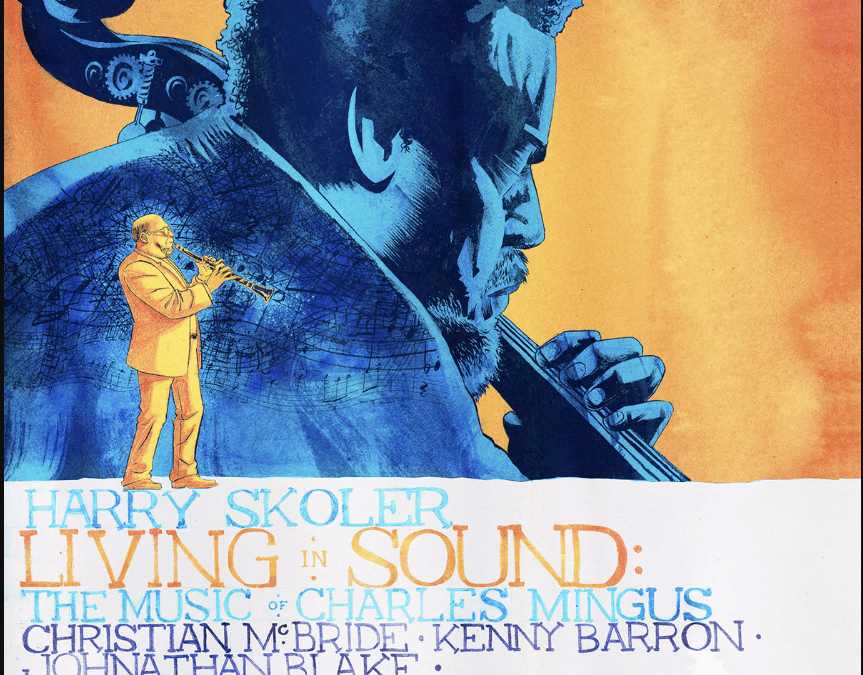
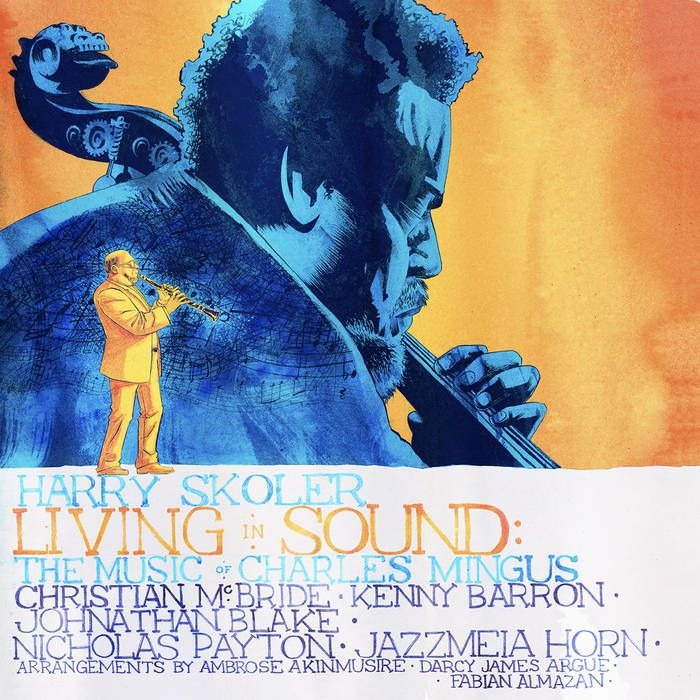
In 2022, the jazz world celebrated the centenary of the birth of one of the brightest jazz giants – bassist and composer Charlie Mingus. Exactly on his birthday, April 22, Sunnyside Records released a tribute album Living in Sound: The Music of Charles Mingus dedicated to his memory.
The soul and initiator of this project is Harry Scoler, a professor at the famous Berkeley College, a music critic and writer and, of course, an acting clarinetist with a great career behind him. Once upon a time, back in 1974, in Syracuse, New York, young Harry discovered the music of Mingus in the master Moves’ album that year. She made a huge impression on Scoler, he became a loyal fan of Mingus’ work, read his autobiography Beneath the Underdog with great interest. Many years later, in 2018, Scoler came up with the idea of recording an album of works performed by Mingus and shared his dream with saxophonist Walter Smith III. The latter agreed to produce the project and showed real miracles in this capacity. Just look at the composition of the recording participants, see what stars he managed to collect: for the piano Kenny Barron, on bass – Christian McBride, Nicholas Peyton plays on the trumpet, Jonathan Blake plays behind drums, in one of the tracks sings the incomparable Jazzmeya Horn, and an excellent string quartet was also invited. But that’s not all. When the program was prepared, Walter invited equally brilliant masters – Darcy James Argy, Ambrose Akinmuzir and Fabian Almazan – to write arrangements. They were granted absolute creative freedom in their work. By August 2021, everything was ready, and the entire composition of the project participants recorded this program in two days.
The result is in front of you, and anyone who hears Living in Sound: The Music of Charles Mingus can appreciate the great work of such a bright team. I was bribed by this result from the first track, because the album began with my favorite play by Mingus (and I’m not alone in this) Goodbye Pork Pie Hat. The Skoler clarinet sounds great in this thing, and the strings adequately support the elegantly solemn atmosphere of the composition arranged by Almazan. Peggy’s Blue Skylight is very good for Barron and especially McBride, who had to act as if as Mingus himself. He, along with Scoler and strings, decorated Duke Ellington’s Sound of Love, a play that Mingus dedicated to his favorite jazz composer. The 1971 song Remember Rockefeller at Attica Mingus, who often responded to various events in American life, was written in the wake of the riot of prisoners in Attica prison and the behavior of New York Governor Nelson Rockefeller in this regard. Nicholas Peyton’s trumpet and Harry Scoler’s clarinet masterfully convey the nervous and disturbing atmosphere of this play. In Moves, Peyton and Horn demonstrate a spectacular duo of trumpet and human voice, and Invisible Lady is very good at experienced Barron. The album ends with a play by Scoler himself Underdog, which looks like the author’s signature under his work.
The album is powerful, and I won’t be surprised if we see it among the Grammy nominees, or maybe it will bring its creators the Golden Gramophone itself.
© & (p) 2022 Sunnyside Records
9 tks / 65 мин
(Harry Skoler – cl; Kenny Barron – p; Christian McBride – b; Johnathan Blake – dr; Jazzmeia Horn – voc; Nicholas Payton – tp; Megan Gould, Tomoto Omura – vi; Karen Waltuch – viola; Noah Hoffeld – cello;)
Link provided by Mixed Media
Leonid AUSKERN

Tenor saxophonist Dino Govoni is best known as a longtime professor at the famous Berklee College in Boston and an excellent session musician. So on our site until now, his name has appeared as a participant in the recordings of other performers. But he also has his own leadership records. He does not often release his own albums, mainly on Whaling City Sound. And his last album, the third on this label, appeared here after a long break.
Hiding in Plain Sight was recorded in Brooklyn in January 2020 as a quintet. For this project, Dino put together an excellent team. The second brass voice in the quintet was the trumpet player Alex Sipiagin, one of the most successful representatives of the Russian jazz diaspora in the States, the place at the piano was taken by Dino’s main assistant on the project, Henry Hey, Michael Pope played the bass, and one of the most popular modern ones sat at the drums. jazz drummers Jeff “Tain” Watts.
Together they performed a program of nine songs. Dino’s greatest interest was aroused by the music of the jazz veteran Paul Nagel, who worked with Robben Ford, Bobby McFerrin, Boz Skaggs: the album included as many as four of his compositions. Hey brought two plays to the project, one each by Pope and Govoni himself. Stylistically, the music of Hiding in Plain Sight is a typical neo-pop mainstream with a stable structure of pieces, developed solo performers and a relatively regular rhythm. For those who love this direction, Hiding in Plain Sight is just perfect, given the high class of performers. For me personally, the favorite of the album was Nagel’s play Falling Ahead with its somewhat mysterious atmosphere and catchy melody. But this is already a matter of tastes.
As for Dino Govoni himself, Hiding in Plain Sight gave me an interesting observation. Today in American jazz there is a whole cohort of the most talented tenor saxophonists of Italian-American origin. And next to the giant Joe Lovano, next to Jerry Bergonzi and George Garzone (by the way, Dino’s teachers), Dino Govoni also occupies a worthy place in it.
Click here to read the full review
Click here to read the full review
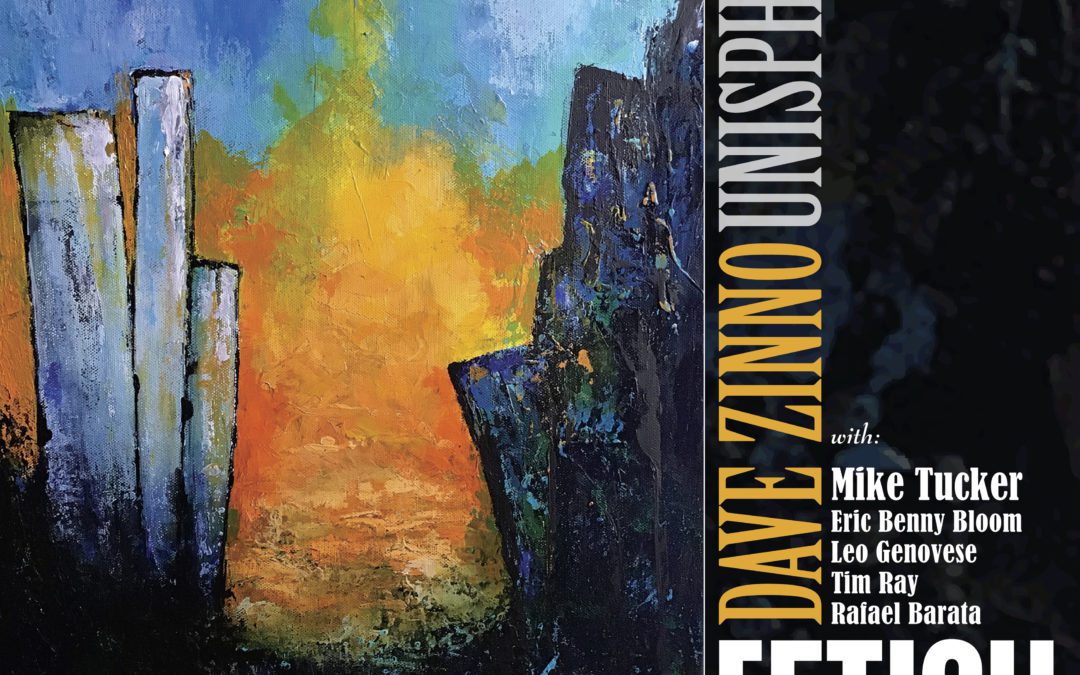
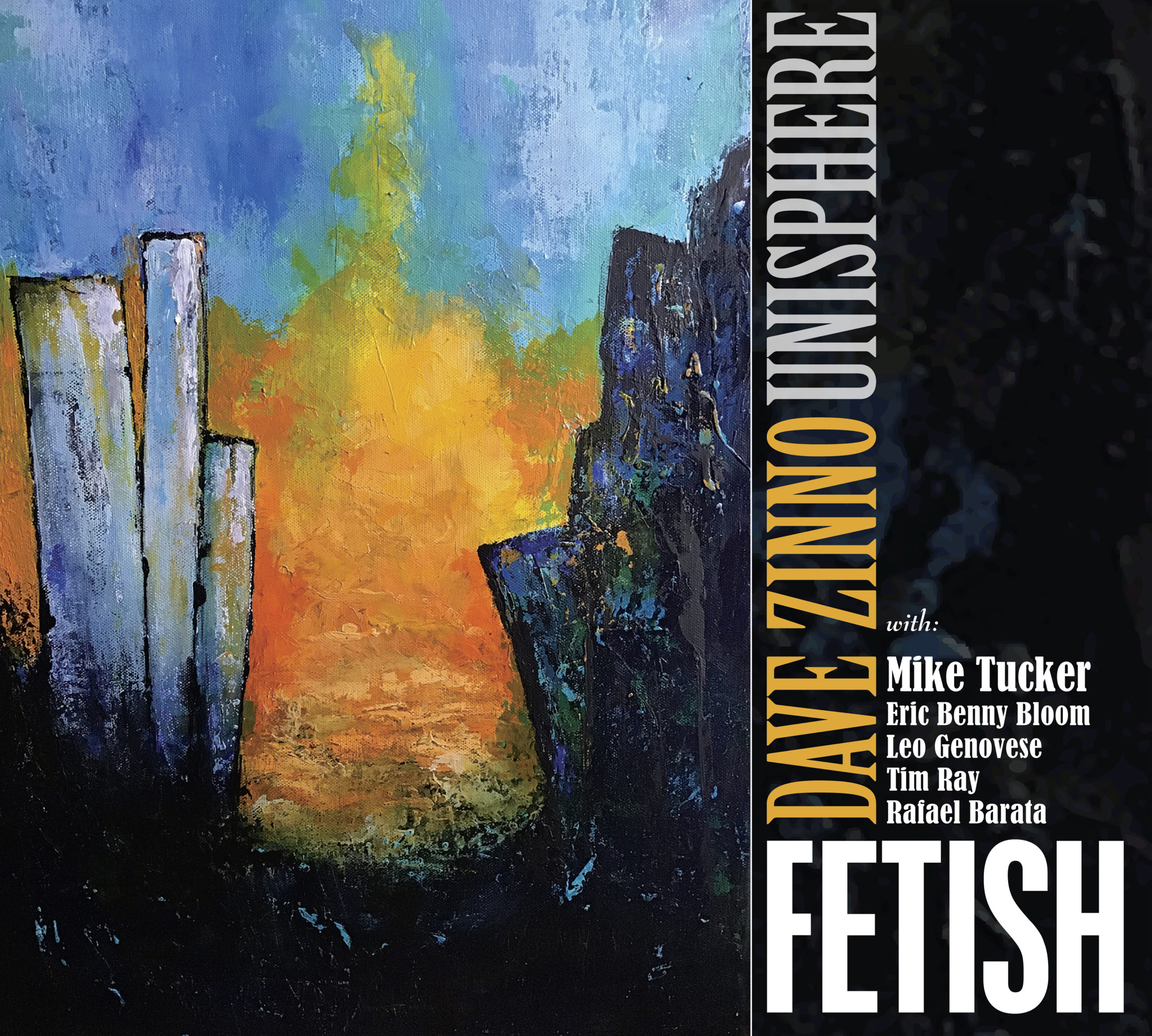
Readers have seen this name more than once in the reviews of his releases on the site. Two years ago, we also published a review of the previous album of the Dave Zinno’s Unisphere ensemble called “Stories Told” (2019). And after 2019, as you know, came the year marked by the sign of the COVID-19 pandemic …. … It seems to me that it is just right to introduce a special concept: “post-covid jazz”. Thousands of musicians locked in their homes during a lockdown, deprived of the opportunity to perform in front of an audience, have only one option left: to compose music and hope that the clouds will someday dispel. Some people still managed to give network concerts, but the bulk of them worked at home, for the future. And in 2021, a lot of albums appeared based on these materials, albums in the music of which one can almost physically feel the performers’ joy from the possibility of new meetings, while at least in the studio. “Fetish” is one of them. When Zinno and the musicians of his band gathered in the studio in November 2020, each of them brought the material he had accumulated. It has accumulated in as many as 16 songs. As a result, a 12-track program was selected for recording the album. All the musicians who played on “Stories Told” participated in the recording of the album, plus they were joined by Zinno’s old partner, Argentine keyboardist Leo Genovese, famous for his performances with Esperanza Spaulding, and also, as a guest, another, in addition to Raphael Barata, a Brazilian trombonist Rafael Rocha.
The album contains compositions and arrangements by Ray, Tucker, Genovese, Bloom and, of course, Dave Zinno himself – “Fetish”, “So Close So Far”, and “Nile”. The music of the ensemble, which is still mostly hard-bop in style, breathes with energy, joy of musicians’ communication with each other and, of course, mastery that has not disappeared anywhere. The album was recorded in two sessions, six hours each. As Dave himself says, “This project is the culmination of a year without live music. This record contains all the energy and emotions that have accumulated and have not found a way out for such a long time. Hopefully people will feel what we felt while making this album.” Zinno doesn’t have to worry – you can really hear it in the music of “Fetish”.
Click here to read the full review